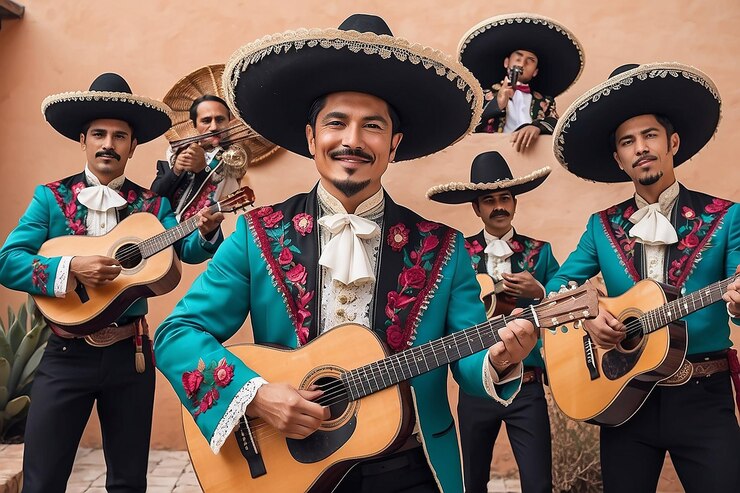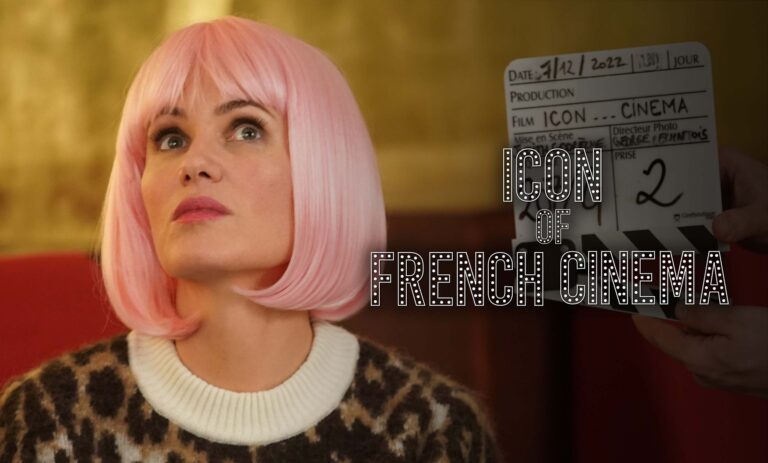Mariachi: The Vibrant Tradition of Mexican Music
Mariachi is more than just music; it’s a cultural emblem of Mexico, recognized worldwide for its lively rhythms, passionate vocals, and iconic attire. This article explores the rich history, musical elements, cultural significance, and modern relevance of mariachi.
History and Origins
Mariachi music traces its roots back to the indigenous peoples of Mexico and their musical traditions, blending with Spanish influences from the colonial era. The term “mariach’i” is believed to have originated from the French word “marriage,” as the music was often played at weddings.
Musical Elements
Instruments
- Trumpets: Provide the bright, bold melodies that characterize mariach’i music.
- Violins: Add harmonies and counter-melodies, contributing to the rich texture of the music.
- Guitarrón: A large bass guitar that provides the rhythmic foundation with deep, resonant tones.
- Vihuela: A small, five-string guitar that adds a percussive, rhythmic element to the ensemble.
Vocal Style
Mariachi vocals are characterized by passionate singing, often focusing on themes of love, patriotism, and Mexican identity. The lead singer, known as the “vocalista,” delivers heartfelt performances that resonate deeply with audiences.
Cultural Significance
National Symbol
Mariachi music is considered an integral part of Mexican culture and identity, recognized as an intangible cultural heritage by UNESCO. It embodies the spirit of Mexico’s diverse regions and traditions, celebrating both joyous occasions and poignant moments.
Attire and Presentation
The traditional attire of mariach’i musicians is as iconic as their music, featuring charro suits adorned with intricate embroidery, wide-brimmed sombreros, and sometimes even ornate bows known as “moños.” This attire reflects the proud heritage and flair of Mexican culture.
Modern Influence
Beyond traditional settings, mariach’i music has influenced various genres globally, from pop to classical music, and continues to evolve while staying true to its roots. Modern mariach’i groups blend traditional elements with contemporary styles, appealing to diverse audiences worldwide.
Conclusion
Mariachi music stands as a vibrant testament to Mexico’s cultural richness, combining intricate musical arrangements, passionate vocals, and colorful attire. Its enduring popularity both in Mexico and abroad underscores its universal appeal and cultural significance. Whether heard at weddings, festivals, or concerts, mariach’i continues to captivate audiences with its infectious energy and heartfelt melodies, ensuring its legacy for generations to come.
FAQs
What is mariachi?
Mariachi is a traditional style of Mexican music characterized by its lively instrumentation, including trumpets, violins, guitars, and vihuelas, accompanied by passionate vocals.
What instruments are typically used in a mariachi band?
A traditional mariach’i band typically includes trumpets, violins, guitars (such as the vihuela and guitarrón), and sometimes a harp. Each instrument plays a crucial role in creating the distinctive sound of mariach’i music.
What is the origin of mariachi music?
Mariachi music has indigenous roots in Mexico, with influences from Spanish colonial music. It evolved over centuries, blending various regional folk music traditions into the vibrant style known today.
What occasions is mariachi music commonly played at?
Mariach’i music is often performed at celebrations such as weddings, birthdays, festivals (like Cinco de Mayo), and religious ceremonies (such as Dia de los Muertos). It is also enjoyed in concerts and cultural events worldwide.
What is the significance of mariachi attire?
Mariach’i musicians wear traditional charro suits, adorned with elaborate embroidery, paired with wide-brimmed hats (sombreros). This attire reflects Mexico’s cultural heritage and adds to the festive atmosphere of their performances.
Is mariachi music recognized as a cultural heritage?
Yes, mariach’i music was recognized as an Intangible Cultural Heritage by UNESCO in 2011. This acknowledgment highlights its importance in Mexican culture and its contribution to global cultural diversity.
Can mariachi music be modernized or combined with other genres?
Yes, modern mariachi groups often blend traditional elements with contemporary styles, incorporating influences from jazz, pop, and rock music. This versatility allows mariachi to appeal to diverse audiences while preserving its cultural roots.
How can I learn more about mariachi music?
To learn more about mariach’i music, you can attend live performances, listen to recordings by renowned mariach’i groups, explore cultural museums, or participate in workshops and festivals dedicated to Mexican music and traditions.







